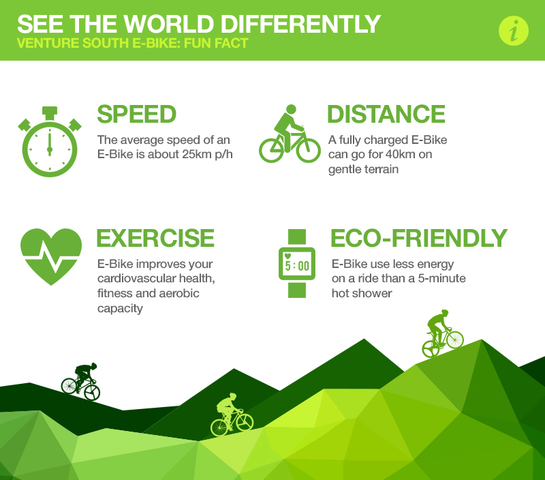An Initial Introduction Of E-Bike Legislation And Standards In Your City
An Initial Introduction Of E-Bike Legislation And Standards In Your City
Blog Article
Material By-Spivey Willumsen
Before you hop on your e-bike and struck the streets, it's important to understand the laws and laws that regulate your city. From rate limits to marked riding locations, there's a lot to take into consideration to ensure you're compliant and risk-free. By helpful site on your own with the guidelines particular to e-bikes, you'll be much better equipped to enjoy your experiences without any unexpected lawful issues. Stay tuned to uncover key insights that will certainly assist you browse the e-bike landscape in your city effortlessly.
Recognizing E-Bike Classification
When it pertains to browsing the realm of e-bike regulations and guidelines, an important starting factor is understanding the classification system that categorizes these electrical bikes. E-bikes are typically categorized into 3 primary groups: Class 1, Course 2, and Class 3.
Course 1 e-bikes are pedal-assist only, meaning they give aid while the motorcyclist is pedaling and have a maximum speed of 20 miles per hour. These bikes are allowed in areas where typical bicycles are allowed.
Course 2 e-bikes are outfitted with a throttle that can push the bike without pedaling. They additionally have a maximum speed of 20 miles per hour and are suitable for motorcyclists that may need help without pedaling continuously.
Course 3 e-bikes resemble Course 1 but with a greater maximum speed of 28 miles per hour. These bikes are frequently limited from particular bike paths or trails due to their greater rates.
Understanding these categories is crucial for abiding by neighborhood laws and guaranteeing a risk-free and satisfying e-biking experience.
Browsing Speed Limits and Limitations
To properly browse e-bike regulations and laws, it's critical to understand the rate limits and restrictions that relate to various courses of electrical bikes.
Rate limitations for e-bikes differ relying on the classification of the bike. Course 1 e-bikes, which are pedal-assist only and have a maximum speed of 20 miles per hour, are generally permitted on bike lanes and paths.
Class 2 e-bikes, which have a throttle along with pedal-assist and also get to speeds of as much as 20 miles per hour, might be restricted in specific locations where motorized vehicles aren't allowed.
Course 3 e-bikes, with pedal-assist approximately 28 mph, are typically called for to adhere to the same guidelines as typical bikes.
It's important to follow these speed limits and constraints to guarantee your security and the safety of others when driving. Prior to riding your e-bike, familiarize yourself with the details regulations in your city to prevent any kind of potential penalties or lawful issues.
Where to Ride Your E-Bike
To determine where you can ride your e-bike, it's important to be aware of the laws and guidelines details to your place. In a lot of locations, e-bikes are usually enabled on roads and streets where conventional bikes are permitted. This might consist of bike lanes, bike paths, and shared streets. Nonetheless, https://ebiketips.road.cc/content/advice/buyers-guide/best-electric-bikes-under-1000-2024-our-pick-on-a-tight-budget-5201 to check regional laws as some cities may have certain constraints on where e-bikes can be ridden.
When riding your e-bike, always focus on security by adhering to website traffic rules and appreciating pedestrian sidewalks. In addition, be mindful of any designated bike lanes or courses in your location and utilize them whenever possible to ensure a smoother and safer ride.
Some cities additionally have guidelines concerning e-bike usage on sidewalks, so ensure to familiarize on your own with these guidelines to stay clear of any type of penalties or fines.
Final thought
Since you recognize with the regulations and policies surrounding e-bikes in your city, you can with confidence hit the road recognizing where you can ride and what limitations apply to your e-bike category. Remember to always focus on safety and security and adhere to the policies to make sure a smooth and lawful experience. Delighted riding!
